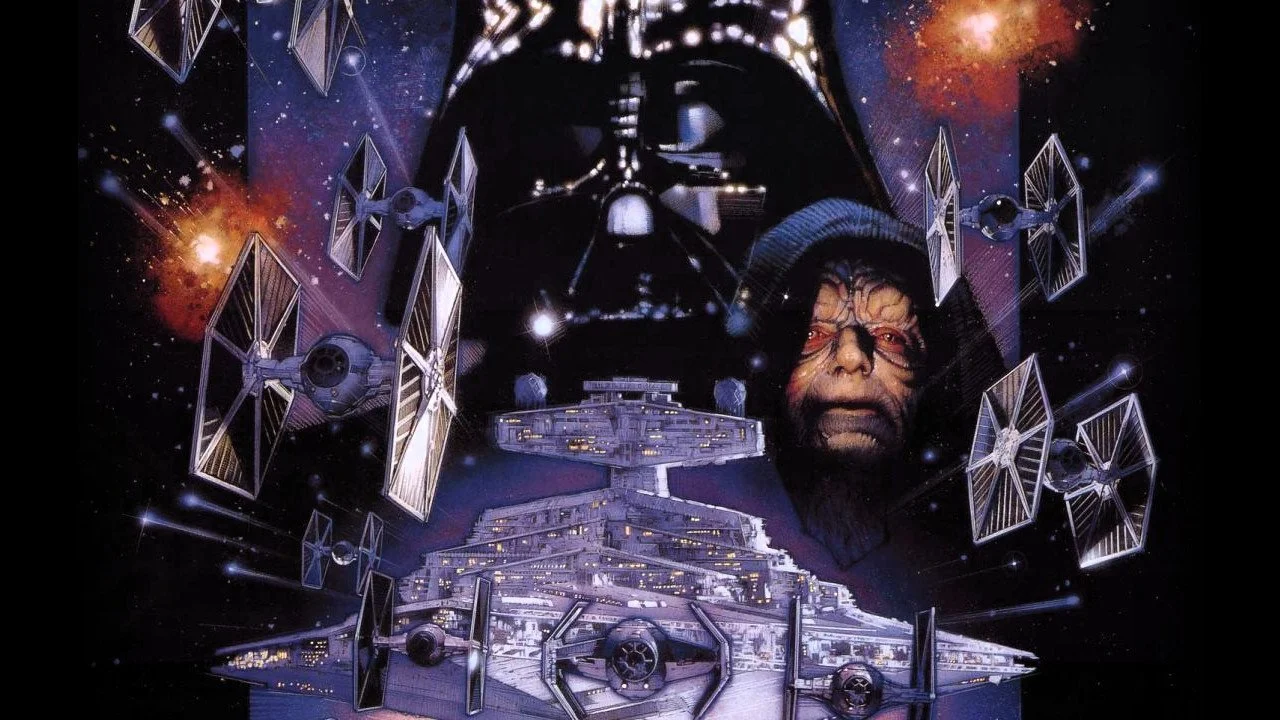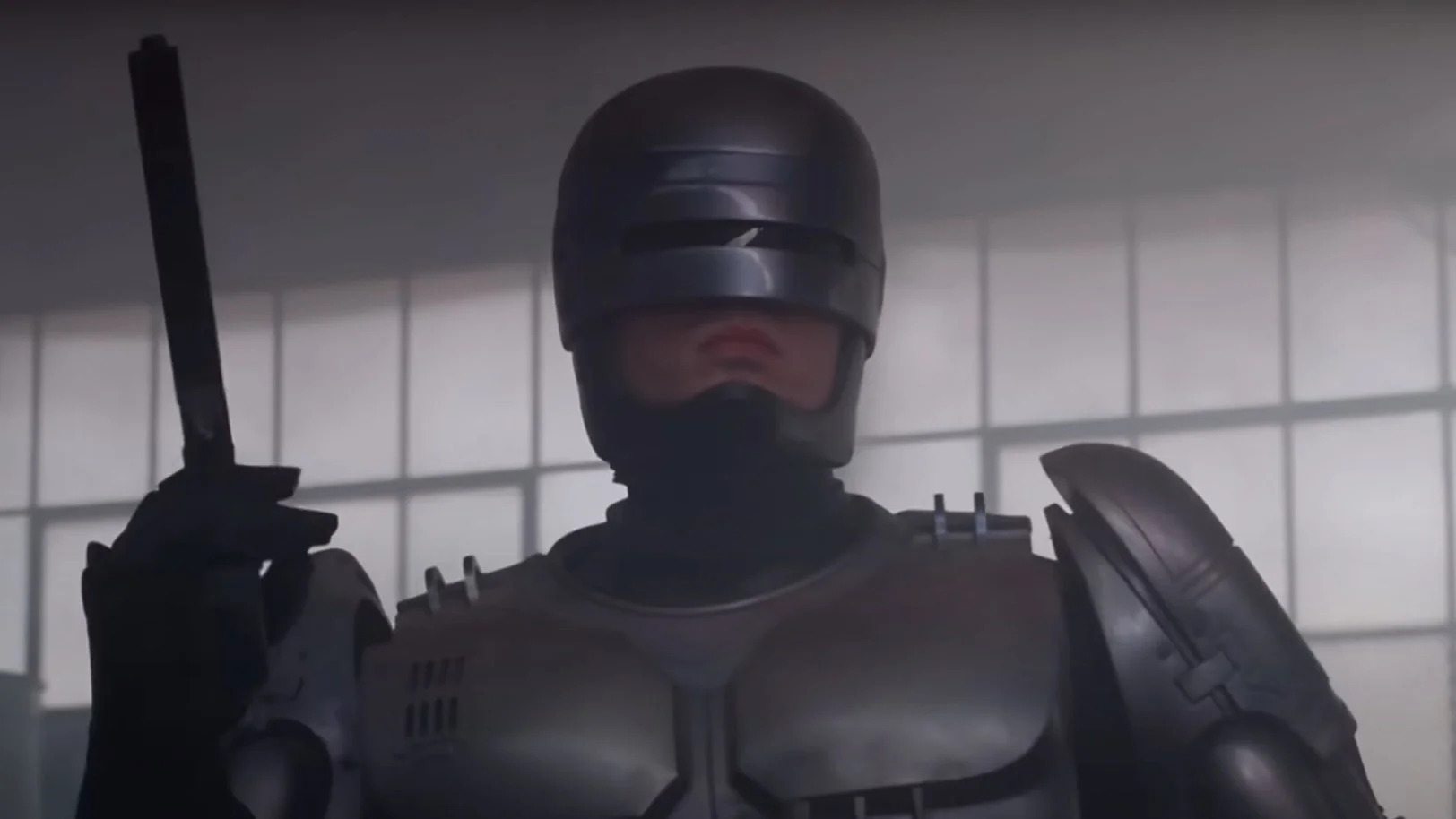More Than Just The Skywalker Saga: Discovery Of The Force
Image Source: IGN
In my introduction to this series, I outlined my objections to how the Star Wars IP has been handled so far by Disney. To quickly sum up the point, it's not that the shows and movies have been all bad (they haven't been all good either), but Disney is not reaching the full potential for the universe by focusing only on the timeline surrounding the three trilogies. There are many stories spanning tens of thousands of years that have been told in the non-canon Legends books that could be altered and adapted to the current Star Wars universe. My first look at a new direction is going way back to the discovery of the Force.
Much has been written about the Force's discovery and early days. The Kwa, one of the first species to achieve intergalactic travel, discovered it on the planet Tython (which has already made an appearance in The Book of Boba Fett and named it the “Power of the Cosmos.” However, it was not until thousands of years later, in the year 36,453 BBY, that its discovery had some relevance. A set of nine pilgrim spaceships known as Tho Yor brought individuals from various species to Tython, where they eventually learned to harness the power of the Force. They subsequently created the Je'daii Order. Upon further study, they realized that balance had to be kept between the two sides of the Force, which they represented with a dark side and a light side (based on the similar characteristics of the two moons that orbited Tython). A lack of balance between the moons caused Force-related storms and quakes. As time went on, it also became clear that anyone who was not Force-sensitive could not survive on Tython, and so the rest of the peoples relocated to the various surrounding worlds, sending their Force-sensitive beings to Tython for training. This continued and there was peace for approximately 10,000 years. In 25,805 BBY, the surrounding worlds grew jealous of Tython, and one of the leaders rose up (with help from the system crime lords) to take control of the rest of the surrounding worlds. Once this was accomplished, she then set her sights on Tython, where a bloody war known as the Despot War was fought between her forces and the Je'daii Order, ultimately ending with Tython being victorious. Unfortunately, this lead to a disruption in the Force and a schism within the Je'daii Order between those who aligned themselves with the light side and those with the dark. This, in turn, led to the Force Wars, which ended with the light side winning and subsequently creating the Jedi Order.
RELATED:
Image Source: Amino
There are a number of significant events that have been outlined here, with many interesting avenues and storylines that could be investigated. Since it's not canon, the stories and their timelines can be altered while keeping the main points. One of the ways I could see it playing out in a movie would be with an introduction outlining the pilgrim ships, the two moons, the discovery, and the study of the Force, before arriving at the film’s main story, starting after the 10,000 years of peace. Imagine: two brothers are introduced on one of the worlds surrounding Tython, where glimpses of the early signs of the Despot War are seen. They are tested and found to be Force-sensitive and sent to be trained, where we can see the early traditions of the Je'daii Order and things like the Force-imbued katanas (the predecessors to the lightsaber). The brothers could act as surrogates for the audience to get a deeper education in the Force, which hasn’t really been addressed in live-action productions thus far. In early adulthood, Tython is invaded by the surrounding worlds, and the brothers fight in the bloody battle, sustaining physical and mental damage. Bringing the film to a close, we could see the two being pushed toward the dark and light sides, respectively, which could then lead to a sequel telling the story of the Force Wars, where each brother goes on to lead a side. This story would combine fantastic arcs, an exploration of Star Wars lore, world-building, and enough connection to keep it feeling familiar while being an incredibly fresh take.
While I realize there is more that goes into creating successful media than what-if ideas, I think it's important to explore those areas of a galaxy far, far away that have been ignored in favor of fleshing out the same time period again and again. I hope those in charge at Disney will take note of the gold mine of stories they're sitting on to reenergize Star Wars fandom.
READ NEXT:













